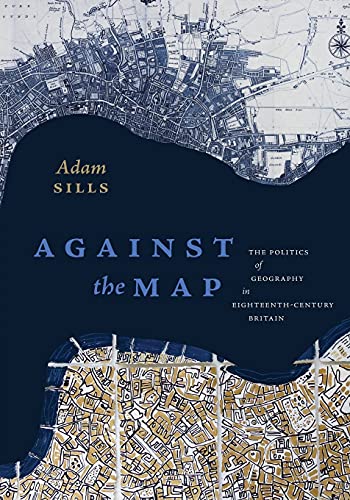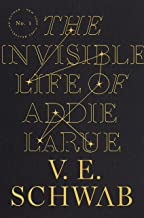Against the Map: The Politics of Geography in Eighteenth-Century Britain Paperback – November 11, 2021 by Adam Sills
PAPERBACK
[318 pages]
PUB: November 11, 2021
Description
Author: Sills Adam
Package Dimensions: 17x254x558
Number Of Pages: 318
Release Date: 11-11-2021
Details: Product Description
Over the course of the seventeenth and eighteenth centuries, the increasing accuracy and legibility of cartographic projections, the proliferation of empirically based chorographies, and the popular vogue for travel narratives served to order, package, and commodify space in a manner that was critical to the formation of a unified Britain. In tandem with such developments, however, a trenchant anti-cartographic skepticism also emerged. This critique of the map can be seen in many literary works of the period that satirize the efficacy and value of maps and highlight their ideological purposes. Against the Map argues that our understanding of the production of national space during this time must also account for these sites of resistance and opposition to hegemonic forms of geographical representation, such as the map.
This study utilizes the methodologies of critical geography, as well as literary criticism and theory, to detail the conflicted and often adversarial relationship between cartographic and literary representations of the nation and its geography. While examining atlases, almanacs, itineraries, and other materials, Adam Sills focuses particularly on the construction of heterotopias in the works of John Bunyan, Aphra Behn, Jonathan Swift, Daniel Defoe, Samuel Johnson, and Jane Austen. These “other” spaces, such as neighborhood, home, and country, are not reducible to the map but have played an equally important role in the shaping of British national identity. Ultimately, Against the Map suggests that nation is forged not only in concert with the map but, just as important, against it.
Review
This ambitious book gathers a stunning variety of maps and texts across the long eighteenth century to show how local spaces refashion themselves in relation to the nation as that nation behaves imperially towards its own. –Cynthia Wall, University of Virginia Press, author of Grammars of Approach: Landscape, Narrative, and the Linguistic Picturesque
Sills persuasively argues that there is no coherent British national identity based on a coherent mapping of national space. Rather, national identity hinged on local places and neighborhoods through which the individual connected with the national. The nature of those neighborhoods was the subject of diverse discourses, promoted by the emergent public sphere and shaped through their interplay of textual and graphic maps. An original book grounded on wide-ranging but secure scholarship. –Matthew H. Edney, University of Southern Maine, author of Cartography: The Ideal and Its History
Review
“Sills persuasively argues that there is no coherent British national identity based on a coherent mapping of national space. Rather, national identity hinged on local places and neighborhoods through which the individual connected with the national. The nature of those neighborhoods was the subject of diverse discourses, promoted by the emergent public sphere and shaped through their interplay of textual and graphic maps. An original book grounded on wide-ranging but secure scholarship. “―Matthew H. Edney, University of Southern Maine, author of Cartography: The Ideal and Its History
“This ambitious book gathers a stunning variety of maps and texts across the long eighteenth century to show how local spaces refashion themselves in relation to the nation as that nation behaves imperially towards its own. “―Cynthia Wall, University of Virginia Press, author of Grammars of Approach: Landscape, Narrative, and the Linguistic Picturesque
Book Description
This ambitious book gathers a stunning variety of maps and texts across the long eighteenth century to show how local spaces refashion themselves in relation to the nation as that nation behaves imperially towards its own.
From the Publisher
Adam Sills is Associate Professor of English at Hofstra University.
About the Author
Adam Sills is Associate Professor o
Be the first to review “Against the Map: The Politics of Geography in Eighteenth-Century Britain Paperback – November 11, 2021 by Adam Sills”
You must be <a href="https://webdelico.com/my-account/">logged in</a> to post a review.






























There are no reviews yet.